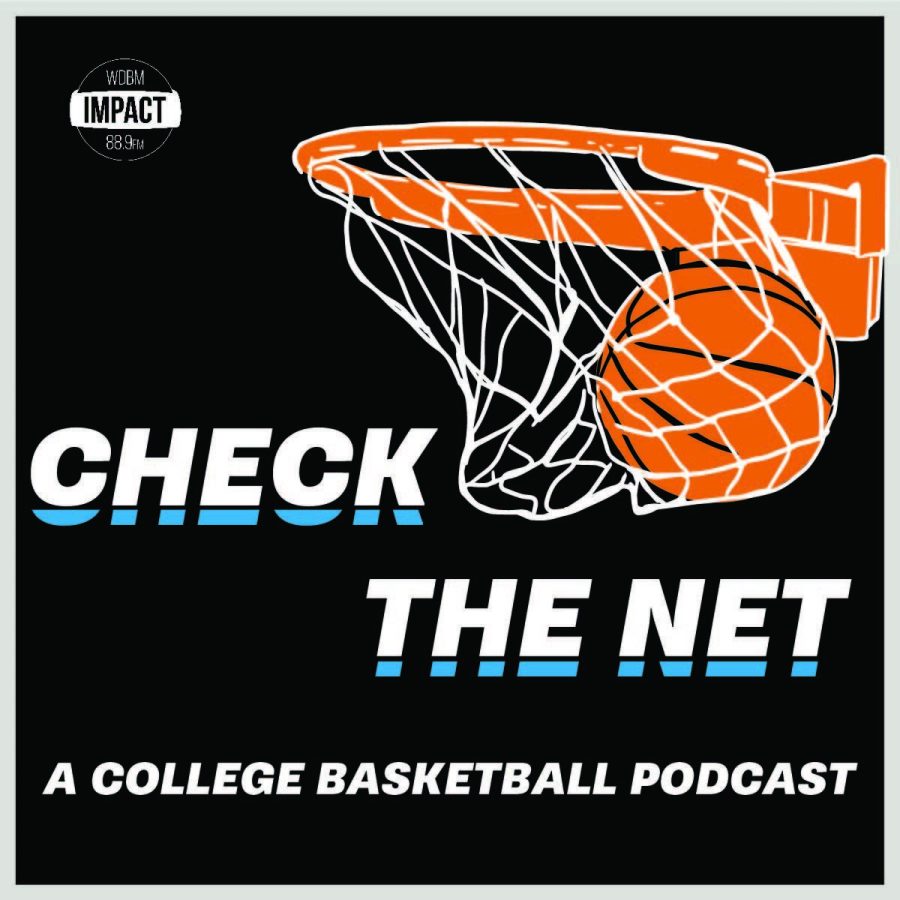As reported before, Michigan State needed to win the Big Ten tournament to make the NCAA Regionals. As the NCAA Baseball Tournament selection committee unveiled this year’s bracket, the later statement remained true, as MSU was left out of the NCAA Regionals for the fourth year in a row.
It didn’t even seem the Spartans were on the fringe of making the field of 64 as they were not mentioned in the committee’s first three out list. Oddly enough, Nebraska, who the Spartans beat in the opening day of the Big Ten tournament, landed themselves the title of last three in, just barely making the cut as a No. 3 seed.
The committee seemed most interested in the idea of “what have you done for me lately,” picking a number of teams that had a strong win-loss record towards the end of the season. MSU fans could argue the Spartans’ tenacious tournament run would warrant them to fall under that category, but it didn’t seem as if the committee cared too much about how well teams did in their conference tournaments, unless they won that respective tournament. Minnesota and Nebraska both make a great example of this. The Golden Gophers were awarded a No. 2 seed despite losing their first two games in the Big Ten tournament as the conference’s No. 1 seed. And the Huskers still crept into the tournament as a No. 3 seed despite also losing their first two games in the Big Ten tournament.
The month of May was not kind to Michigan State, who went 5-7 for the month, excluding the conference tournament. Contrast that with the monthly records for rivals Ohio State (11-3), Minnesota (8-5) and Nebraska (9-2), and it’s easy to see how the Spartans’ poor month affected their case to possibly snag an at-large bid.
Looking Back
The Spartans’ RPI ended up being too high when everything was said and done, costing them an alternate route to the Regionals without winning the Big Ten tournament. RPI is something that is always subject to change throughout the season, often correlating with the team’s wins and losses. MSU saw their RPI climb from somewhere in the mid-40s all the way up to the 70s. The committee does not often look at teams with RPI’s in the 70s.
Knowing this, a few key series come to mind that ultimately could have changed the course of MSU’s season.
Not playing those Oregon games really took a hit. After winning Friday’s game, MSU had a chance to win a series against a Pac-12 program. This would have helped their non-conference strength of schedule as well as given them another good series win other than Michigan. But snowfall ruined any chance at getting the games done in time for the Ducks’ flight home. This was all completely out of MSU’s control, but definitely a freak incident that dictated their season for the worse.
You can look at the Nebraska and Indiana series as turning points as well. Those were the top two teams in the Big Ten. MSU lost two close ones to the Hoosiers in April, a one-run game and another that went 11 innings. That really was the difference between a sweep and losing two of three.
Against the Huskers in early May, MSU saw the start of their slump. After winning a clutch series against Michigan, the Spartan season was well alive. But at home against Nebraska, Michigan State failed to get anything going offensively, a trend that would continue for the rest of the month.
If the Spartans won two of these three series, could they have been looking at a different fate on Selection Monday? It’s hard to speculate, but not having good series wins was a huge contributor to MSU’s lack of recognition.
Play better non-conference opponents
I get that there are a lot of logistics that go into planning a midweek series in the heat of Big Ten play. It can be hard to line a game up against a non-conference opponent. On top of that, travel expenses are always harder on a non-revenue sport like baseball than it would be for a revenue driver. Also, with classes in the middle of the week, it’s not realistic to have your squad take a three hour flight to play one game across the country.
All that being said, MSU needs to find a way to play some tougher midweek games that will buff up their non-conference strength of schedule. You can’t cycle through Central Michigan, Eastern Michigan, and Western Michigan and expect to build a solid resume. I get they’re convenient, but those aren’t the games that give you national recognition nor prepare your team for harder opponents.
Ohio State had tournament teams Bethune-Cookman, Florida Atlantic, and Xavier come play them midweek. Minnesota played Kansas twice during the week. Nebraska was able to take advantage of their location and play Kansas State and Wichita State.
The Spartans have shown they can be a good ball club, so now is the time to get on the phone and start scheduling tournament-caliber teams to start the year, as well as during Big Ten play. If that means MSU has to sacrifice and go somewhere to play on a Tuesday or Wednesday, it will be worth it in building up a solid season resume but continue to build the Spartans’ name as a strong baseball team.
2015 may have been an outlier when the Big Ten sent five teams to the NCAA Regionals. Having three teams this year seems a little bit more normal for the conference that can’t have home games until mid-March (if you’re lucky). What this means is Michigan State must be a top three team in the Big Ten in years to come if they want a shot at the College World Series. Subsequently, Jake Boss Jr. should have learned a few things from this year’s late slump and how to combat it, but also recognized a tougher schedule and winning some key series would have paid great dividends in Michigan State making the field of 64.









